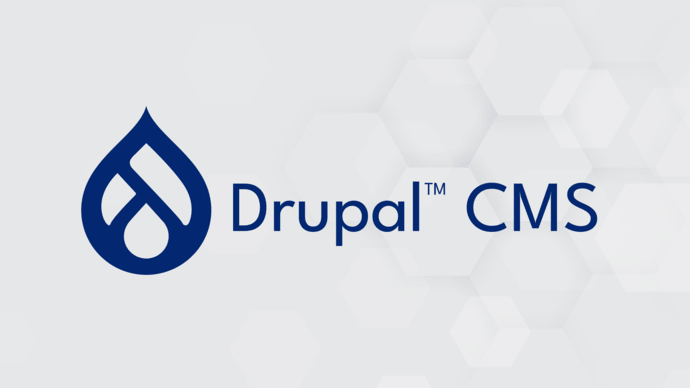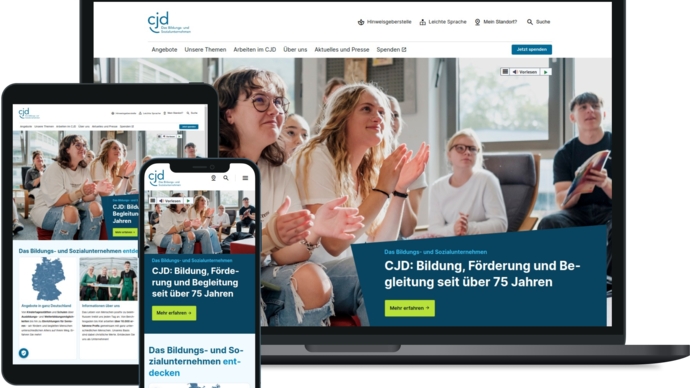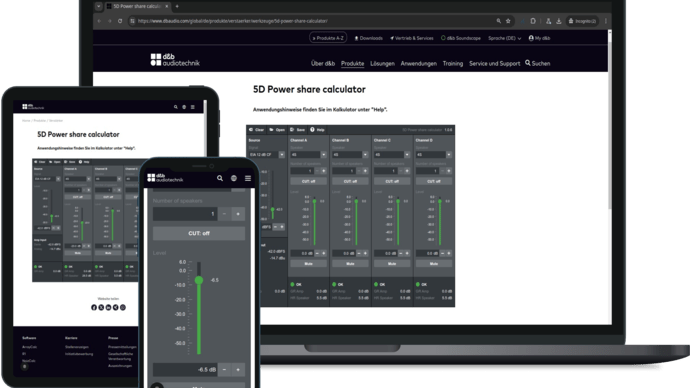What is content marketing?
Content marketing is a method from strategic marketing (see also "communication strategy") that offers content for the target audience in an informative and entertaining way. The strategic approach means that content is created and distributed according to a plan that pursues objectives.
Content marketing differs from advertising in that it does not tout product benefits, but advises and entertains customers. At the same time, it establishes the company as an expert in a particular field.
One reason for the development away from advertising towards content marketing can be found in today's consumer behavior. Content on demand, ad blockers etc. make it possible to consume media almost free of advertising. Advertising is seen as annoying, whereas content that is distributed through strategic content marketing is readily accepted.
Content marketing in the B2C sector:
End customers are addressed who should identify with the brand or company. The end result is the purchase of the product or service or the dissemination of good opinions about the company or products. In this case, the time horizon is relatively short. One example is a video that explains the functions of a product.
Content marketing in the B2B sector:
The aim here is not necessarily a quick purchase. This is difficult to achieve simply because the products and services often require explanation and there may be a buying center. Instead, B2B content marketing is aimed at building and maintaining relationships and increasing trust. The target persons are mostly interested in gaining knowledge. The operating company can use content marketing to position itself as an expert and thus retain the target group. One example is infographics specifically for the target industry.
What does a content marketing strategy look like?
A strategy always aims to achieve goals. Content marketing goals can be
- Increasing reach or awareness
- Increase in sales
- (Website) traffic increase
- Lead generation
- Customer loyalty
- Sales or cross- or upselling
The strategy requires a plan. This must include elements such as content strategy, channel usage, time horizons and success measurement. It also includes the process and the necessary resources for content planning, the target group definition and the planning of content types.
Which types of content are particularly suitable?
Good content is content that is also shared. Various media are available on the Internet for this purpose. Media can be divided into text, image and image animation, video and audio. Textual content types include
- Blog articles with helpful information
- E-books or e-papers
- White papers and case studies
- checklists
- Press releases
- Mailings and newsletters
Images, image animations (GIFs) and memes are used in particular to express opinions. Other image formats include infographics, slideshows, 360° views, maps, etc.
For companies,video includes various formats that can be used for the respective objective:
- Image films about the company
- Product films (without advertising character)
- Animations or explanatory films
- Tutorials and webinars
- Films for employee branding
- Live videos
Audio is becoming increasingly important, as audio can be consumed "on the side" and does not require full attention. This includes
- Podcasts
- Audio books or radio plays
- Radio broadcasts
How can content marketing success be measured?
That depends on the respective goal. In principle, however, the following KPIs are useful for every marketing campaign:
- Website figures: Traffic development, dwell time, bounces
- Closing figures: Leads, sales, returns, shopping cart abandonment
- Social media figures such as followers, shares, likes, etc.
- Newsletter figures: Subscriptions, open rate, click rate, unsubscribes
- ROI
- and much more.
Further information:
https://onlinemarketing.de/lexikon/definition-content-marketing
Video:



















